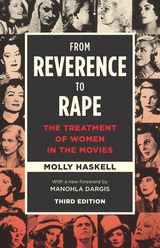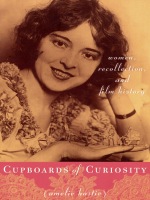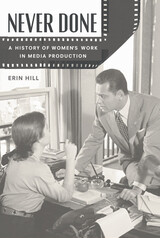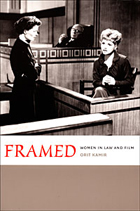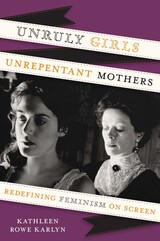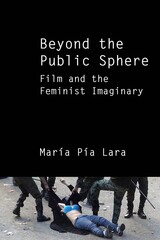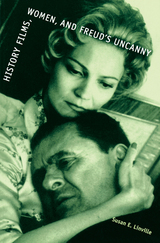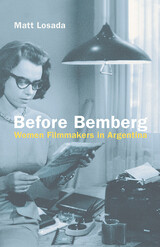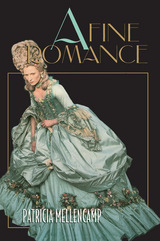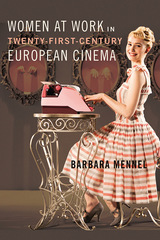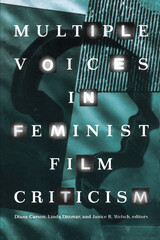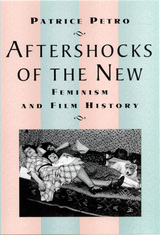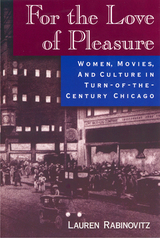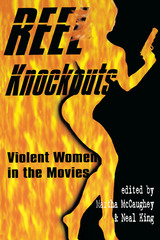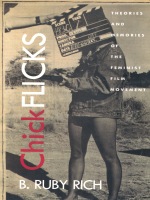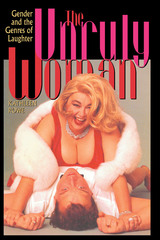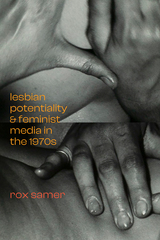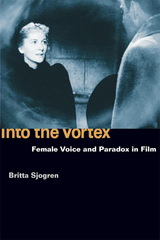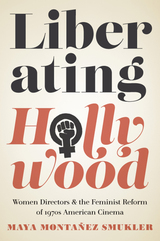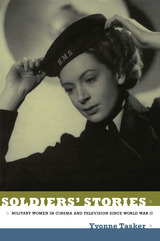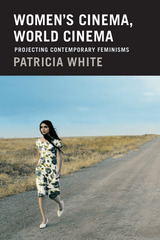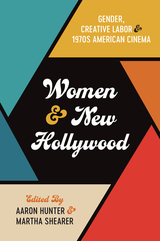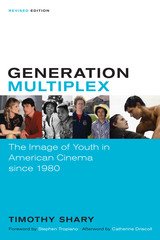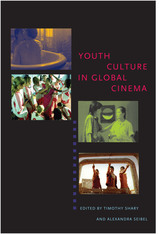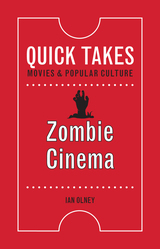For the Love of Pleasure: Women, Movies, and Culture in Turn-of-the-Century Chicago
Rutgers University Press, 1998
Cloth: 978-0-8135-2533-4 | Paper: 978-0-8135-2534-1 | eISBN: 978-0-8135-6846-1
Library of Congress Classification PN1995.9.W6R33 1998
Dewey Decimal Classification 791.430820977311
Cloth: 978-0-8135-2533-4 | Paper: 978-0-8135-2534-1 | eISBN: 978-0-8135-6846-1
Library of Congress Classification PN1995.9.W6R33 1998
Dewey Decimal Classification 791.430820977311
ABOUT THIS BOOK | AUTHOR BIOGRAPHY | TOC
ABOUT THIS BOOK
"One of the most readable books on early cinema I have ever encountered. . . . Rabinovitz ably brings together a wealth of information about the exciting era of social change that marked the beginning of U.S. cinema."
--Gaylyn Studlar, atuhor of This Mad Masquerade: Stardom and Masculinity in the Jazz Age
The period from the 1880s until the 1920s saw the making of a consumer society, the inception of the technological, economic, and social landscape in which we currently live. Cinema played a key role in the changing urban landscape. For working-class women, it became a refuge from the factory. For middle-class women, it presented a new language of sexual danger and pleasure. Women found greater freedom in big cities, entering the workforce in record numbers and moving about unchaperoned in public spaces. Turn-of-the-century Chicago surpassed even New York as a proving ground for pleasure and education, attracting women workers at three times the national rate. Using Chicago as a model, Lauren Rabinovitz analyzes the rich interplay among demographic, visual, historical, and theoretical materials of the period. She skillfully links cinema theory and women's studies for a fuller understanding of cultural history. She also demonstrates how cinema dramatically affected social conventions, ultimately shaping modern codes of masculinity and feminity.
--Gaylyn Studlar, atuhor of This Mad Masquerade: Stardom and Masculinity in the Jazz Age
The period from the 1880s until the 1920s saw the making of a consumer society, the inception of the technological, economic, and social landscape in which we currently live. Cinema played a key role in the changing urban landscape. For working-class women, it became a refuge from the factory. For middle-class women, it presented a new language of sexual danger and pleasure. Women found greater freedom in big cities, entering the workforce in record numbers and moving about unchaperoned in public spaces. Turn-of-the-century Chicago surpassed even New York as a proving ground for pleasure and education, attracting women workers at three times the national rate. Using Chicago as a model, Lauren Rabinovitz analyzes the rich interplay among demographic, visual, historical, and theoretical materials of the period. She skillfully links cinema theory and women's studies for a fuller understanding of cultural history. She also demonstrates how cinema dramatically affected social conventions, ultimately shaping modern codes of masculinity and feminity.
See other books on: Culture in motion pictures | For | Movies | Pleasure | Women in motion pictures
See other titles from Rutgers University Press

